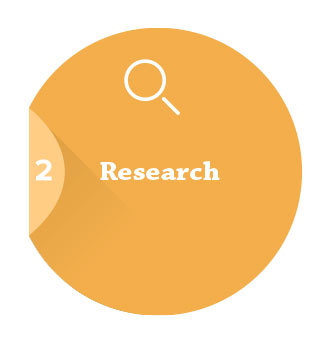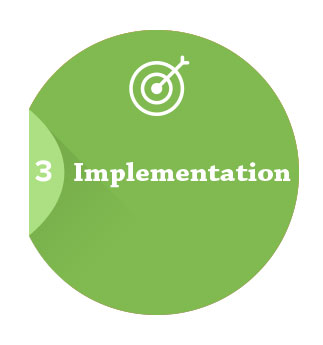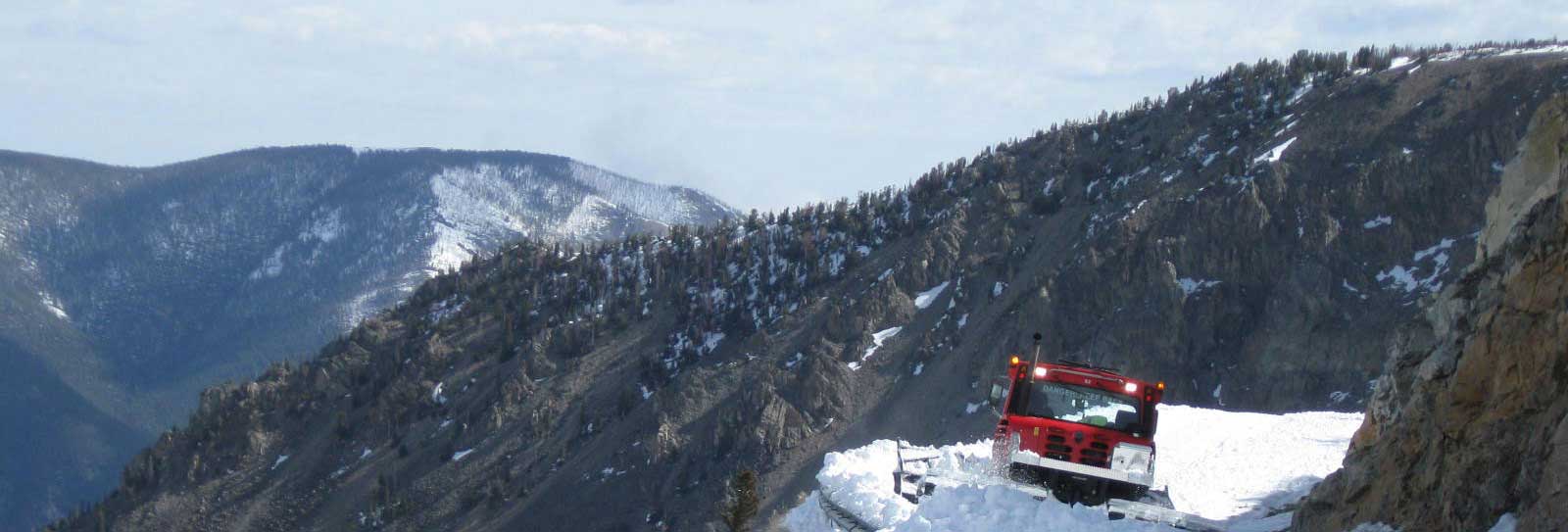The Research Program supported by Montana Department of Transportation (MDT) provides opportunities to creatively solve MDT’s transportation issues. MDT uses applied research to discover, develop, and extend knowledge that improves Montana’s statewide transportation system creatively and innovatively. Applied research is used to answer a question or solve a problem.
Applied research includes progressive iterations that lead to new approaches or methods on the ground; with each iteration, details lead research project teams to find or create implementable results.
Research Project Process



Applied Research can lead to
- Added efficiency, cost-effectiveness, or quality to processes
- Expanded Safety improvements
- Increased economic vitality
- Enhanced sensitivity to the environment and waterways
Research Databases – publicly searchable
- Transportation Research International Database (TRID)
- Research in Progress (RIP)
- Transportation Pooled Fund (TPF)
- Repository & Open Science Access Portal (rosap)
- National Cooperative Highway Research Program (NCHRP)
Peer Exchange
Every three years, all state DOT's are required by the Federal Highway Administration (FHWA) to conduct a peer exchange of their respective Research, Development, and Technology Transfer management process. Participation in periodic peer exchanges not only makes each state eligible for Federal Highway Administration (FHWA) State Planning and Research (SPR) funds, but also affords each state a tremendous opportunity to share information and improve its research program.
Peer exchanges are not compliance reviews; they are exchanges of information between the host and visitors. The host facilitates, and chooses the topic(s) and format of each peer exchange. All participants benefit in an atmosphere of open exchange of ideas, knowledge, and brainstorming.
A report on each peer exchange is typically written prior to the close-out conference held with upper management. The report is a team effort, involving all visitors and the host state Research Program Manager. In the reports, each peer exchange team member identifies the ideas, methods, and concepts that the team member plans to consider implementing in their own organization.
Reports
For more information, please contact
Resources




All research venues have different requirements and approaches; the MDT Research staff can guide you in your journey to discover the answers you need. For more information, please contact us (
